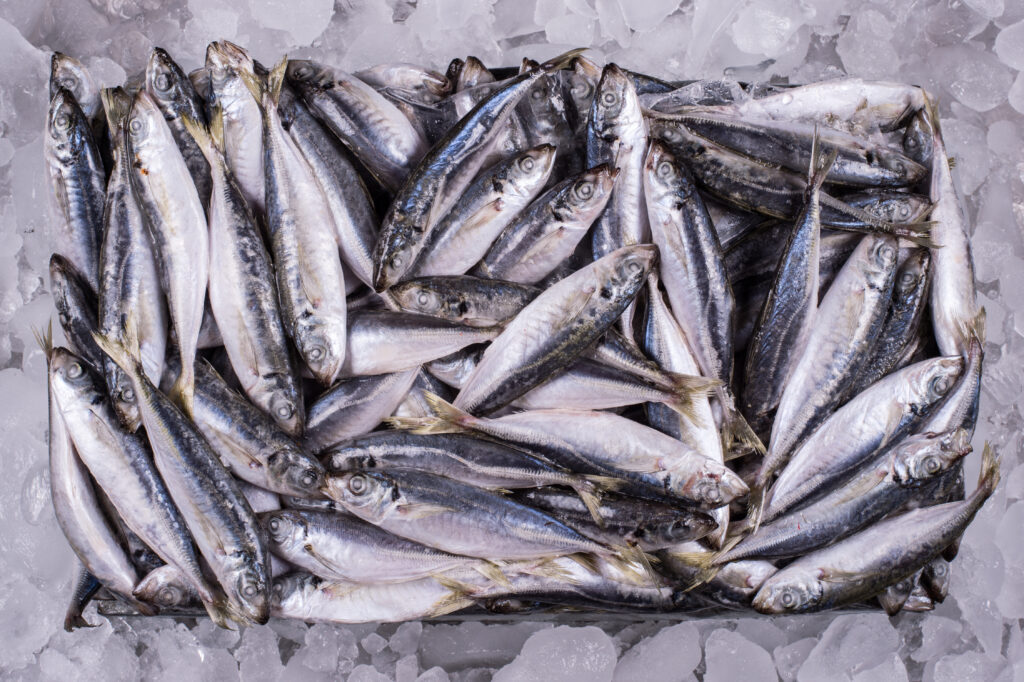Many of us fill our fridges and freezers with food and other necessities throughout the year. Businesses and restaurants that buy seafood in bulk frequently keep fish for longer periods.
Yet, if you’re new to the industry and want to serve customers seafood that still tastes fresh after being stored for some time, you’ve come to the perfect place.
If you properly defrost and store your meats, fish, poultry, and other proteins, you can still provide a delicious fresh seafood feast. You may buy and confidently serve as much seafood as you like if you follow Pucci Foods’ comprehensive tutorial on properly freezing and defrosting fish.
As a 100-year-old seafood distributor, we’ve been around long enough to know what we recommend. Read on to learn more.

How to Freeze Fish
Whether you want to preserve the uncooked fish from a delicious supper you just had, or you just got fresh seafood at wholesale to save for later, you have a few alternatives. If you don’t plan to cook your fish immediately, freeze it right away to maintain its freshness. Fresh fish should be consumed within two to three days of purchase.
It’s important to note that air is not your greatest friend while freezing fish. The fish may become dry and lose flavor and texture if exposed to cold air.
Seafood distributors like Pucci Foods use techniques that appropriately preserve shape, texture, flavor, and freshness. But there are other methods you can apply once you purchase seafood in bulk.
The three best techniques for freezing fresh seafood are vacuum sealing, ice glazing, and freezing in a Ziploc bag with water.
- Ice glazing
When using the ice glazing technique, the fish is first dipped into lightly salted ice water before being placed on a parchment-lined baking sheet and frozen. Once the water on the fish has frozen, continue the process a few times until the ice coating is 1/4 inch thick.
At this stage, you can either vacuum seal and store the fish in your freezer or slip the ice-glazed fish into an airtight Ziploc bag. By employing this technique, you can keep your fish for up to 6 months in the freezer.
- Vacuum Sealing
Vacuum sealing your fish also works if you don’t have time to ice-glaze it before freezing it. To preserve the moisture in the fish, place it in the freezer for one to two hours before vacuum sealing. When frozen properly, vacuum-sealed fish can remain fresh for up to two years.
- Ziploc Freezing with Water
Finally, a quick and simple way to preserve your fish is to freeze it in a Ziploc bag with water. The water creates a barrier to prevent the fish from drying out or suffering from freezer burn.
You will need a Ziploc bag, some lightly salted water, and fully submerged fish for this technique. Let the air out, seal it, put it in the freezer, and keep your fish for up to three months.
How to Thaw Fish
The most crucial tip for thawing frozen fish is to let the fish defrost gradually. The drawback of this approach is that it requires time. Our general rule is to prepare a day in advance and give your fish 24 hours in the fridge to defrost, depending on the thickness of the fish completely.
If you want to eat your fish right away but neglect to take it out of the freezer, you can quickly defrost it by submerging it in a large bowl of either semi-cold or room-temperature water for up to an hour.
Procure from the Best Seafood Distributors in San Francisco
At Pucci Foods, you can access fresh, sustainably sourced seafood in the Bay Area at wholesale prices. As seafood distributors, we pride ourselves in guiding our patrons with the right knowledge to purchase and consume the best seafood. Connect with us today!



